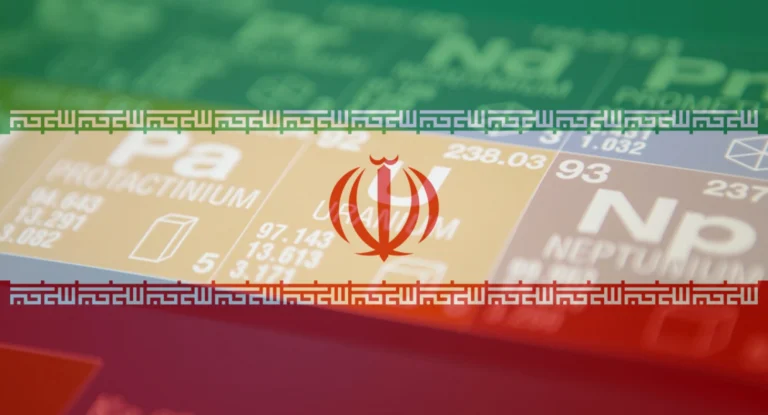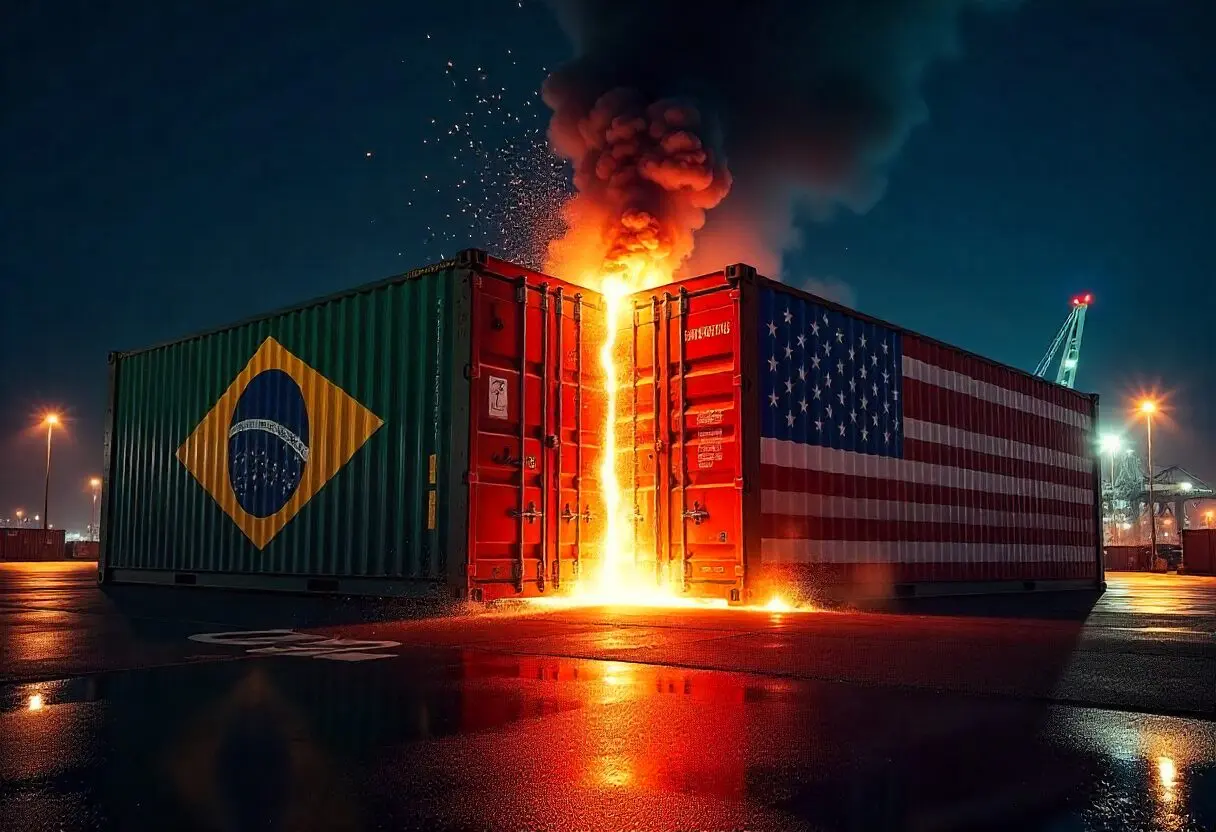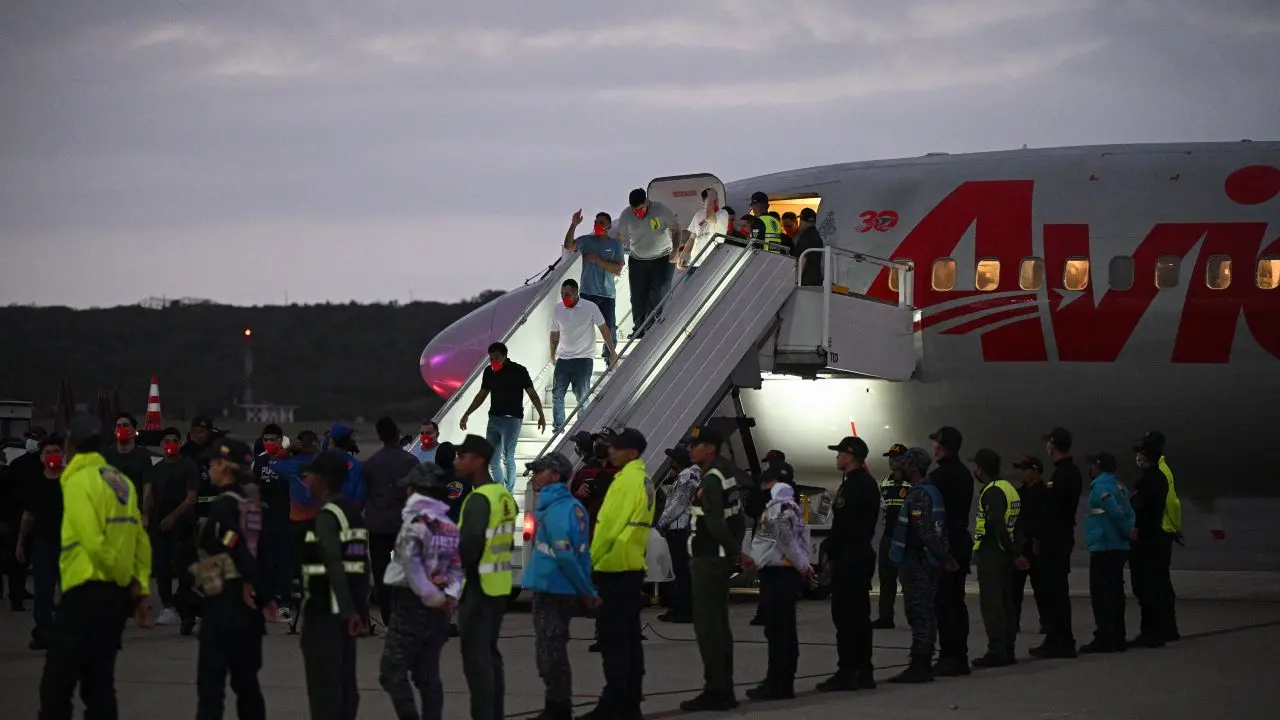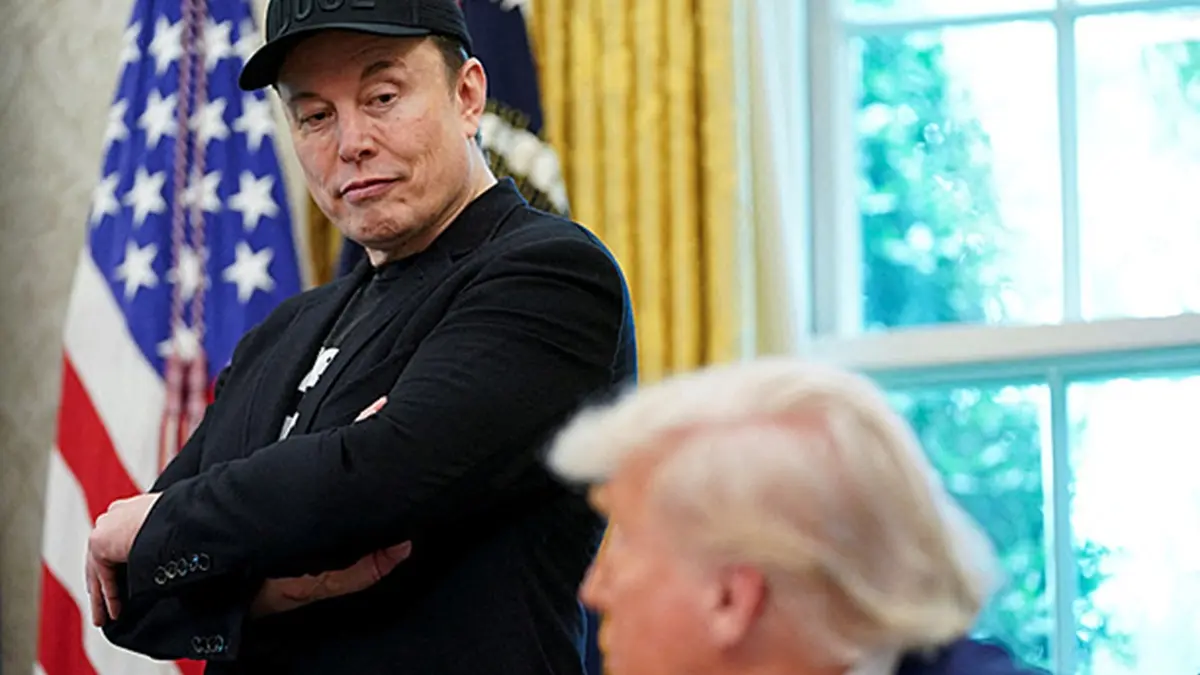Nuclear Strikes on Iran: Scientific, Medical, and Environmental Consequences

June 22, 2025 Hour: 3:47 pm
The world held its breath on June 22 when President Donald Trump announced from the White House that the United States had carried out “massive precision strikes” against three strategic nuclear facilities in Iran: Fordo, Natanz, and Isfahan.
In his statement, Trump justified the operation, codenamed Midnight Hammer, as a necessary measure to “destroy uranium enrichment capabilities” and neutralize what he described as “the greatest state-sponsored nuclear threat of terror.”
Though the military action stunned the international community, subsequent Pentagon revelations indicated that the operation had been meticulously planned for months.
One particularly significant detail was the confirmation that the strikes were coordinated with Israel, underscoring the strong strategic alliance between the two nations in countering Iran’s nuclear program.
However, beyond the rhetoric of alleged military threats, these events raise profound questions about their true consequences.
Was this truly a limited operation targeting only military objectives? Or will its effects spill over into scientific, medical, and environmental realms with unpredictable repercussions?
Context: The Israeli Offensive and U.S. Intervention
The June 22 strikes were not an isolated incident but the continuation of a military escalation that began weeks earlier. Since June 13, Israel had launched a series of operations against Iranian nuclear facilities, arguing they posed an existential threat to its national security.
Primary targets included the uranium enrichment complex in Natanz, conversion plants in Isfahan, centrifuge workshops near Tehran, and the heavy-water reactor in Arak.
These bombings not only caused significant material damage but also came at an irreparable human cost.
At least six prominent Iranian nuclear scientists lost their lives, including figures such as Fereydoon Abbasi, an expert in medical radiation applications; Mohammad Mehdi Tehranchi, a pioneer in nuclear engineering; and Abdulhamid Minouchehr, a specialist in nanophysics.
The loss of these researchers, many of whom were professors and directors of major research centers, raises serious doubts about whether the real objective was solely dismantling an alleged weapons program or if it aimed to paralyze scientific advancements with civilian applications.
The U.S. intervention on June 22, though coordinated with Israel, stemmed from a different internal political dynamic. While Israeli forces pressed forward with their offensive, Washington intensified debates on how to exert maximum pressure on Tehran.
The strikes on Fordo, Natanz, and Isfahan, justified as preemptive measures against an imminent nuclear threat, showed significant structural damage in satellite imagery. However, the Iranian government insisted there were no fatalities and downplayed the extent of the destruction compared to U.S. claims.
Iranian authorities vehemently condemned the operation as a flagrant violation of the UN Charter, while civilians expressed outrage at what they saw as a direct attack on their national sovereignty.
Immediate Consequences: A Multidimensional Disaster
The effects of these strikes extend far beyond the military sphere, spilling into environmental, medical, and scientific domains with potentially catastrophic implications.
One of the most alarming risks is radioactive contamination. Though both the International Atomic Energy Agency (IAEA) and Iranian authorities have assured no radiation leaks have been detected, the international scientific community remains understandably concerned.
The specter of Chernobyl looms over this scenario: if damaged reactors are not contained with absolute precision, they could release radioactive materials with long-lasting effects on public health and ecosystems.
Historical experience shows that nuclear radiation exposure can trigger generational health crises, including cancer outbreaks, congenital malformations, and degenerative diseases persisting for decades.
But the most immediate and tangible impact is in the field of nuclear medicine. In recent years, Iran has developed significant production capabilities for radioisotopes—essential elements for advanced medical diagnostics like PET and SPECT scans, as well as cancer treatments.
Disrupting this supply chain would have devastating consequences for Iran’s healthcare system. Without access to these materials, early cancer detection, heart disease monitoring, and neurological disorder diagnoses would be severely compromised. Patients undergoing radiotherapy could face life-threatening treatment interruptions.
Simultaneously, medical research in areas like molecular biology and drug development would grind to a halt, undoing years of scientific progress.
Global Impact: Consequences Beyond Borders
Contrary to popular perception, the effects of this crisis are not confined to Iran. In recent years, Iran has achieved remarkable self-sufficiency in pharmaceutical production, reportedly reaching 99% independence in this sector.
As Mohamad Eslami, head of the Atomic Energy Organization of Iran, explained, the country has become a key exporter of radiopharmaceuticals to nations like Egypt, India, Pakistan, Iraq, Lebanon, and Syria. Disrupting this supply chain could trigger public health crises in regions reliant on these medical resources.
Moreover, there is a significant economic factor. Iran’s pharmaceutical industry had positioned itself as a direct competitor to European and Indian suppliers, offering comparable quality at significantly lower prices.
The halt in production would not only affect patients but also disrupt international medical trade balances, potentially driving up the cost of vital treatments in developing nations.
Conclusion: An Uncertain Future
The strikes on Iran’s nuclear facilities mark a turning point in the already complex geopolitical landscape of the Middle East. Yet their true consequences are only beginning to emerge.
Beyond immediate strategic considerations, crucial questions remain:
- Are we witnessing the prelude to an environmental catastrophe of historic proportions?
- How will the shortage of radioisotopes affect millions of patients in Iran and beyond?
- What impact will this escalation have on the region’s fragile stability?
While Iranian authorities insist their nuclear program will continue, the world watches with growing concern as this chapter unfolds. In the coming months, it will be crucial to monitor not only the political and military repercussions but also, and especially, the effects on public health, the environment, and international scientific cooperation.
Author: Silvana Solano
Source: teleSUR






